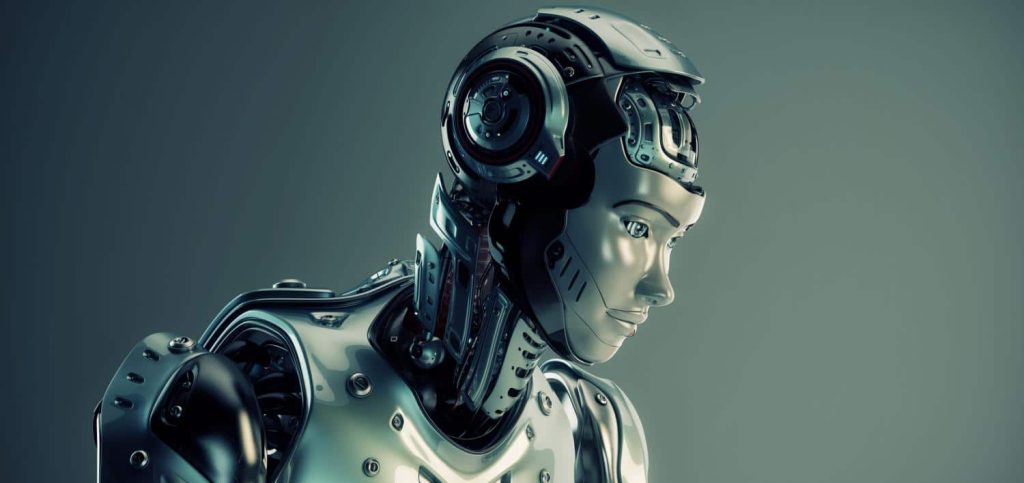
In today’s world of content creation, ensuring originality is more crucial than ever. Whether you’re a student submitting an essay, a marketer drafting an ad campaign, or a researcher publishing a paper, it’s vital to ensure that your work is free from plagiarism. With the rise of both AI-generated content and human copying, the risk of accidental or intentional plagiarism is higher than ever. Fortunately, advanced plagiarism checker are here to help. These tools are not only capable of identifying human plagiarism but can also spot issues related to AI-generated content, providing users with a comprehensive analysis to maintain content integrity.
Understanding the Need for a Comprehensive Plagiarism Checker
The digital world is flooded with a massive amount of content, and much of it is copied or adapted from other sources. While traditional plagiarism checkers were designed to identify direct copying, they often struggled with more complex issues such as paraphrasing, rewording, and AI-generated text. However, the next generation of plagiarism checkers is equipped with advanced algorithms powered by artificial intelligence, which can detect a broader range of potential copy issues. These tools go beyond simple text matching to analyze the underlying patterns of the content, making it possible to identify both human and AI plagiarism effectively.
How AI and Human Copy Issues Differ
AI-generated content poses a unique challenge for plagiarism detection. Unlike human plagiarism, which often involves copying entire sections or paragraphs of text from another source, AI-generated text is usually original in its construction but may still rely on pre-existing ideas or patterns. This makes it harder for traditional plagiarism checkers to flag AI-generated content as problematic. However, with advancements in AI, plagiarism checkers now have the ability to detect these issues, analyzing the writing style, structure, and even the type of language used to identify AI-generated passages. On the other hand, human copy issues often involve direct or paraphrased content taken from published works, which can be more easily detected by traditional tools. Nevertheless, a comprehensive plagiarism checker now combines both AI and human analysis, enabling it to detect a wide array of potential issues, regardless of the origin of the content.
How Our Plagiarism Checker Spots AI-Generated Content
One of the key advantages of modern plagiarism checkers is their ability to detect AI-generated content. AI-powered writing tools, such as GPT-based models, have become increasingly popular, allowing users to generate content quickly. However, while this content may seem original at first glance, it often exhibits certain characteristics that are common to AI-generated text. These include a lack of nuance, unnatural sentence structures, or patterns that are too repetitive. AI-enabled plagiarism checkers are designed to identify these subtle signs, making it easier for users to detect and address any AI-driven issues in their content.
Identifying Paraphrasing and Human Copying
While AI-generated content may be one source of plagiarism, human copying remains a significant concern for many content creators. Paraphrasing, or rewording someone else’s work, is often used to avoid direct plagiarism detection. This can be especially problematic for academic writing, where originality is paramount. Traditional plagiarism checkers might struggle to detect these kinds of issues, but modern plagiarism checkers have advanced algorithms capable of identifying subtle paraphrasing and even instances of rephrased content. These tools don’t just check for exact matches; they analyze sentence structures, word choices, and other elements of the text to detect whether the ideas presented are truly original or borrowed from another source.
The Role of AI in Enhancing Plagiarism Detection
AI’s role in enhancing plagiarism checkers cannot be understated. Traditional plagiarism detection tools relied heavily on large databases of previously published content to check for matches. While this is still an important feature, it fails to address newer challenges, such as the rise of AI-generated text and complex paraphrasing. AI-powered plagiarism checkers are capable of understanding the context in which words and phrases are used, giving them the ability to identify whether a passage has been paraphrased or generated by an AI system. These tools continuously evolve, learning from new data and improving their detection capabilities, ensuring that they can keep pace with the changing landscape of content creation.
The Importance of Accuracy in Plagiarism Checking
Accuracy is paramount when it comes to plagiarism detection. False positives—where the tool flags content as plagiarized when it isn’t—can cause unnecessary concern and waste valuable time. Similarly, false negatives, where the tool fails to detect actual plagiarism, can lead to serious repercussions, especially in academic or professional settings. Plagiarism checkers with AI capabilities are more accurate than their traditional counterparts, as they can recognize more complex issues, such as nuanced paraphrasing and AI-generated text. By utilizing machine learning and natural language processing, these tools offer a level of precision that ensures only genuinely problematic content is flagged, providing users with reliable and trustworthy results.
Benefits of Using a Plagiarism Checker for AI and Human Copy Issues
Using a plagiarism checker that can identify both AI-generated content and human copy issues offers several benefits. For content creators, this means they can confidently produce original material without worrying about unintentional plagiarism. For businesses and academic institutions, these tools ensure that the content being produced is both authentic and trustworthy, preserving the reputation and credibility of the organization. Additionally, by catching both AI and human copy issues early in the writing process, users can save time and effort in the revision stage, ensuring that they don’t miss critical plagiarism concerns.
Continuous Improvement of Plagiarism Checkers
As AI and human copying techniques continue to evolve, so do the plagiarism checkers designed to detect them. The technology behind these tools is constantly advancing, allowing them to detect increasingly sophisticated forms of plagiarism. This means that content creators, businesses, and academic institutions can rely on these tools to provide ongoing protection against plagiarism, helping to maintain the integrity of their work over time. By continuously updating their databases, improving their AI algorithms, and refining their detection methods, these next-gen plagiarism checkers are equipped to handle whatever challenges the future of content creation brings.
Conclusion: Protecting Your Content with an Advanced Plagiarism Checker
In an era where both AI-generated and human-generated content are becoming more common, it’s essential to have a plagiarism checker that can accurately detect both. These advanced tools provide comprehensive protection by analyzing a variety of potential plagiarism issues, from subtle paraphrasing to AI-driven text. By leveraging the power of AI in plagiarism detection, these tools are more accurate, efficient, and reliable than ever before, making them an indispensable resource for anyone involved in content creation. Whether you are a student, professional, or business owner, using a plagiarism checker can help you ensure that your work remains original and free from any hidden copy issues.



